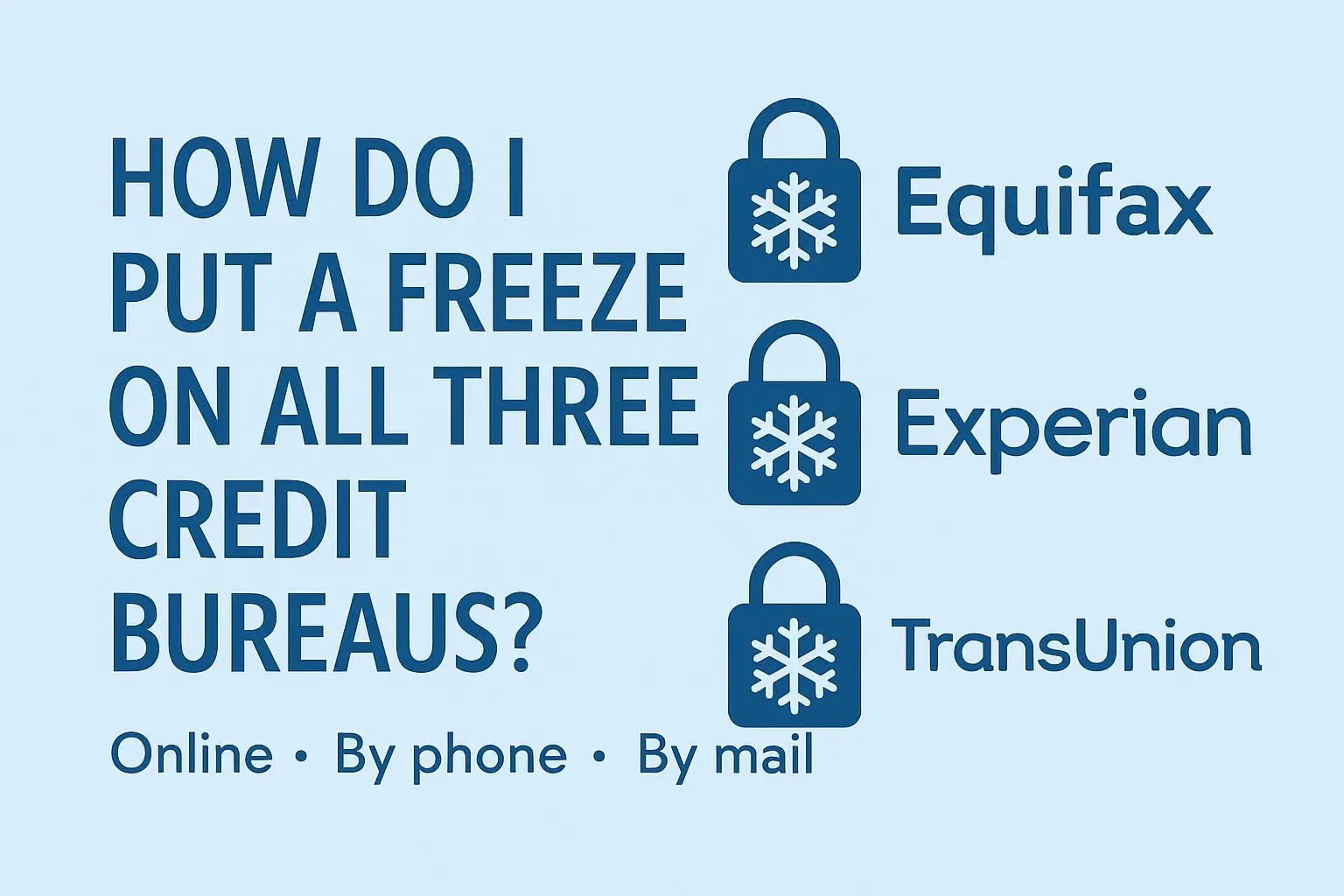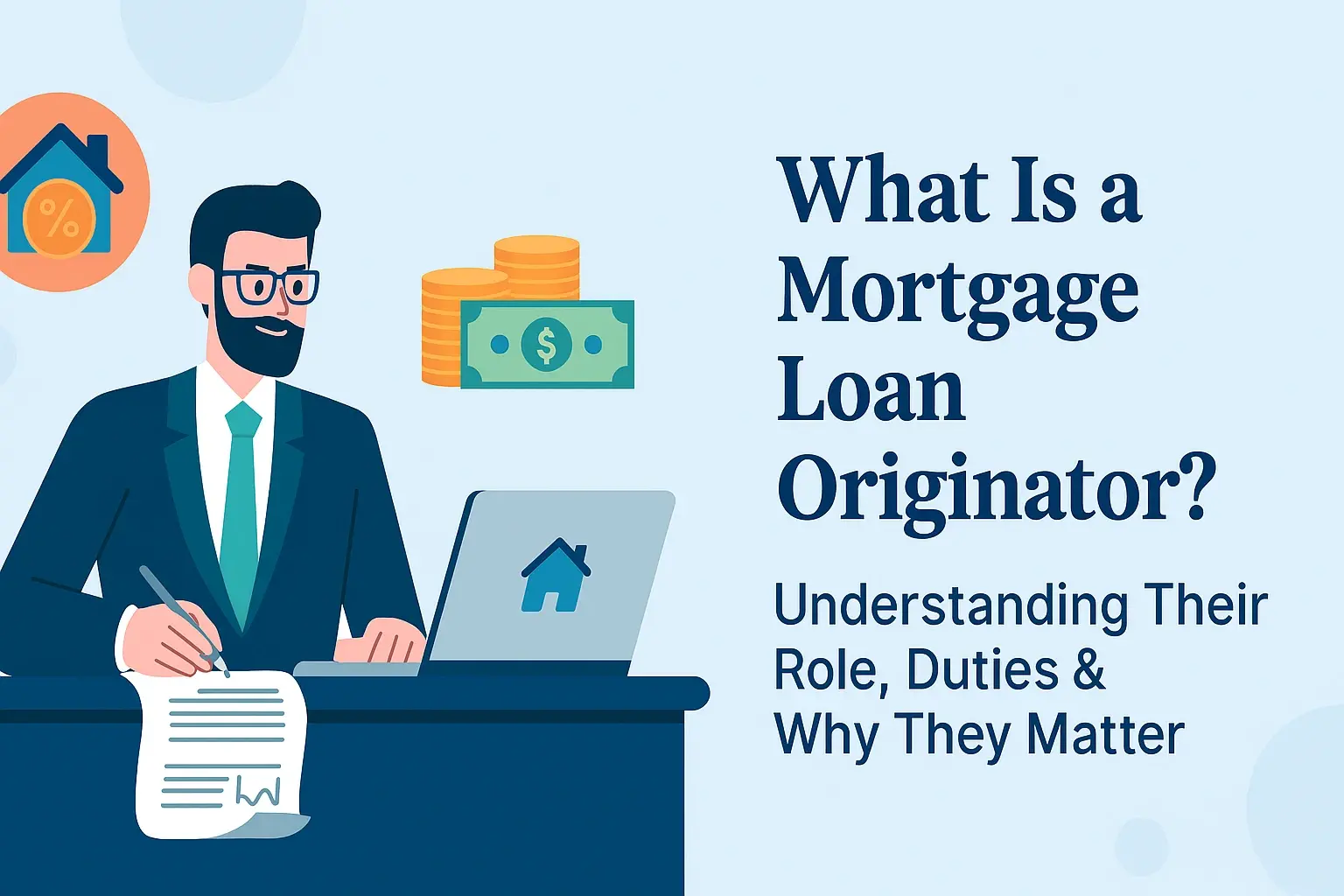-
Posted on: 24 Jul 2024

-
What are Credit Dispute Letters? A Quick Overview
Credit dispute letters are your primary tool for challenging inaccurate, incomplete, or unverifiable information on your credit reports. These letters are sent to the credit bureaus (Equifax, Experian, and TransUnion) and/or the creditor (the company reporting the information) to initiate an investigation into the disputed item. If the item cannot be verified or is proven inaccurate, it must be removed from your credit report, potentially boosting your credit score.
Introducing the 609 and 604 Dispute Letters
While both 609 and 604 letters aim to correct errors on your credit report, they operate under different provisions of the Fair Credit Reporting Act (FCRA) and employ distinct strategies. Understanding these differences is crucial for choosing the right approach to improve your credit score.
The Core Difference: Verification vs. Accuracy
The fundamental distinction lies in what you are challenging. A 609 dispute letter challenges the credit bureau's method of verifying information. It implies that the bureau's process for confirming the accuracy of the item is flawed or inadequate. A 604 dispute letter directly challenges the accuracy of the information itself. It asserts that the information being reported is factually incorrect.
The 609 Dispute Letter: Leveraging FCRA Section 609
Understanding FCRA Section 609
Section 609 of the FCRA outlines consumers' rights regarding the source of information on their credit reports. It essentially states that consumers have the right to know where the credit bureaus obtained the disputed information and how they verified it. This is the basis for the 609 dispute letter.
How a 609 Dispute Letter Works
A 609 letter doesn't explicitly claim the information is inaccurate. Instead, it requests that the credit bureau provide documentation proving their method of verification. The letter highlights that under FCRA Section 609, the credit bureau must disclose the source of the information and their verification procedures.
Why Use a 609 Dispute Letter?
The primary goal is to force the credit bureau to prove they followed proper procedures when verifying the disputed information. If they cannot provide adequate documentation or proof of a reasonable investigation, they are obligated to remove the item from your credit report. This strategy is particularly useful when you suspect the credit bureaus didn't thoroughly investigate the initial dispute or if you believe the information wasn't properly verified in the first place.
Potential Benefits of a 609 Letter
- Potentially removes negative items due to lack of proper verification.
- Can be effective even if the debt is technically valid, but verification is lacking.
- Focuses on the credit bureau's process, not the accuracy of the information itself.
Limitations of a 609 Letter
- If the credit bureau can adequately document their verification process, the dispute may be unsuccessful.
- Less effective if the information is undeniably accurate, even with proper verification procedures.
- Can be perceived as a technicality, potentially leading to a slower or less thorough investigation.
The 604 Dispute Letter: Directly Challenging Accuracy
Understanding FCRA Section 604
While Section 609 focuses on verification, Section 604 of the FCRA grants consumers the right to dispute the accuracy of information contained in their credit reports. This is the foundation for the 604 dispute letter.
How a 604 Dispute Letter Works
A 604 letter explicitly states that the information on your credit report is inaccurate. You must provide specific reasons and supporting documentation to back up your claim. This could include proof of payment, identity theft reports, court documents, or any other evidence that demonstrates the inaccuracy.
Why Use a 604 Dispute Letter?
This is the standard and most direct approach for disputing inaccurate information. It's best used when you have concrete evidence that the reported information is incorrect. This could be anything from a wrongly reported payment to an account that doesn't belong to you due to identity theft.
Potential Benefits of a 604 Letter
- Directly addresses inaccurate information.
- Can lead to faster resolution if strong evidence is provided.
- Forces the creditor and credit bureau to investigate the accuracy of the claim.
Limitations of a 604 Letter
- Requires solid evidence to support your claim.
- May be unsuccessful if you lack documentation or proof.
- The creditor may simply reaffirm the information as accurate, requiring further action.
609 vs 604: A Side-by-Side Comparison Table
To summarize, here's a quick comparison table to highlight the key differences:
Feature 609 Dispute Letter 604 Dispute Letter FCRA Section Section 609 Section 604 Focus Verification Process Accuracy of Information What you're Challenging Bureau's verification methods Inaccurate information on the report Evidence Required Generally less evidence needed upfront. Requires concrete evidence proving inaccuracy. Best Used When Suspect inadequate verification or lack of documentation by the bureau. You have evidence proving the information is incorrect. Risk Can be seen as a technicality if information is genuinely accurate. Requires strong evidence; creditor may reaffirm if evidence is weak. Which Dispute Letter Should You Use? Choosing the Right Approach
The best approach depends on your specific situation and the nature of the inaccurate information. Here's a guide to help you decide:
- Start with a 604 letter if: You have concrete evidence (payment confirmations, identity theft reports, etc.) proving the information is incorrect. This is the most direct and often the most effective method.
- Consider a 609 letter if:
- You suspect the credit bureau didn't properly investigate your initial dispute.
- You don't have definitive proof of inaccuracy, but you believe the verification process was flawed.
- You've already tried a 604 letter and it was unsuccessful.
- Sequential Approach: Some people advocate for using a 609 letter first to see if the item can be removed due to verification issues. If that fails, they then follow up with a 604 letter with supporting documentation.
Important Considerations:
- Honesty is Crucial: Never fabricate evidence or make false claims. This is illegal and can have serious consequences.
- Keep Detailed Records: Maintain copies of all letters, documents, and correspondence with the credit bureaus and creditors.
- Be Patient: The credit repair process can take time. The credit bureaus have 30 days to investigate your dispute (or 45 days if you include new information with the dispute).
- Follow Up: If you don't receive a response within the specified timeframe, follow up with the credit bureaus to inquire about the status of your dispute.
- Consider Professional Help: If you're overwhelmed or struggling to navigate the credit repair process, consider seeking assistance from a reputable credit repair company or non-profit credit counseling agency.
Beyond 609 and 604: Other Credit Repair Strategies
While dispute letters are a powerful tool, they are not the only strategy for improving your credit. Consider these additional tactics:
- Negotiate with Creditors: If you owe a debt, try negotiating a payment plan or settlement with the creditor. Often, creditors are willing to work with you to avoid the cost of collection efforts.
- Pay Down Debt: Reducing your credit utilization ratio (the amount of credit you're using compared to your available credit) can significantly improve your credit score.
- Become an Authorized User: If you have a friend or family member with a good credit history, ask if they will add you as an authorized user to one of their credit cards. This can help you build credit quickly.
- Secured Credit Cards: A secured credit card requires a security deposit, which acts as your credit limit. Using a secured card responsibly can help you establish a positive credit history.
- Regularly Monitor Your Credit Report: Review your credit report regularly for any errors or suspicious activity. You are entitled to a free copy of your credit report from each of the three major credit bureaus every 12 months at AnnualCreditReport.com.










